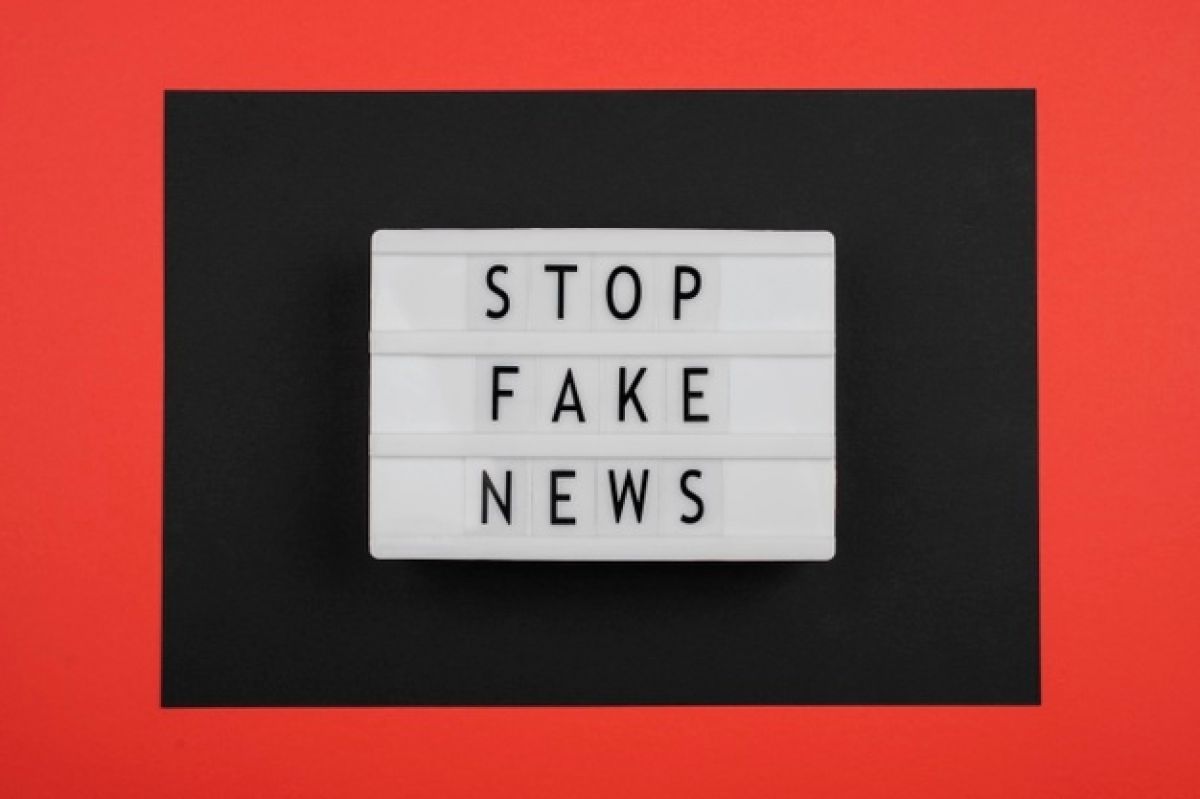
Combating Misinformation and Disinformation in the Social Media Era
What spreads faster than COVID-19? Misinformation on COVID-19. Misinformation (false information shared unconsciously) and disinformation (false information shared consciously to cause harm) are in fact harbingers of the modern pandemic. So how did we get here?
The year 2020 hit us with a massive global health threat, and along with it, extreme socioeconomic damage. When this is the case, the mass population can react out of fear. Disinformation is just a reflection of societal anxieties. In the history of pandemics (the Bubonic Plague, the “Black Death,” the Columbian Exchange, and the Spanish flu), these anxieties were often projected onto other groups or nations as an attempt to distance fear.
Misinformation dominating the pandemic response is nothing new, and this era of disinformation and scapegoating echoes historical patterns. That said, pandemic responses have deadly consequences. In an era where social media spreads misinformation at viral speeds, it’s time to treat the “infodemic” like the health threat it is.
History as an Example
During World War I, the outbreak of a new virus spread through troops, ramping up fear and threatening morale. The “Spanish Flu” (which more likely originated in Kansas) erupted as one of the deadliest outbreaks in history, killing an estimated 50 to 100 million people.
The public health approach at the time was to suppress information about the virus, a move that was defended as similar to censoring sensitive war information. Half a year after the first influenza outbreak, most Americans had no idea that the Spanish flu was more than just a phenomenon occurring overseas, and the true disease toll on US citizens was routinely covered up.
History shows us that false assurances and misinformation go a long way to erode the public’s trust and consequently magnify fear. Unfortunately, most historical examples only go to show us that pandemic preparedness now more than ever must include the management of misinformation.
The Role of Social Media in a Pandemic
Unlike ancient plagues and past pandemics, we have social media and a million digital platforms to spread misinformation. The fear driving misinformation is now amplified and intensified. Ultimately, this creates unconstructive and harmful behaviors.
When the novel coronavirus first emerged, do you think most people rushed to their primary care physician to get information? No! In fact, the majority of adults reported jumping straight on the internet to search for health-related information.
Here’s where it gets interesting. Statisticians found that during this time, 23 percent to 26 percent of YouTube videos peddled misinformation about COVID-19. That is one in four videos! And on Facebook, warning labels were attached to approximately 90 million pieces of content just between March and April 2020. These included COVID-19 misinformation like false cures, anti-vaccination propaganda, and conspiracy theories.
The Harm of Misinformation
While misinformation is usually spread unintentionally, there are three conceptual frameworks that provide the stimulus for the most harmful misinformation and disinformation out there. These frameworks are general misinformation beliefs, conspiracy beliefs, and religious beliefs.
General misinformation beliefs lead to strange behaviors like panic buying of toilet paper, sanitizers, or PPE (often depleting supplies needed by hospitals and health workers in the process). Even worse, misinformation can incite people to scoop up experimental – and sometimes toxic – treatments as decisive discovery, without medical consultation or prescription. And it’s no surprise that COVID-19 misinformation contributes to various stress disorders, anxiety, sleep problems, and depressive symptoms.
Evaluating Source Credibility as a Solution
Understanding these frameworks and their effect on individual responses is one way to combat misinformation. But only if we slow down and consciously counteract its spread – this involves the ability to evaluate credible sources.
Indeed, we should all challenge the credibility of information on the internet every day. Social media consumers are themselves publishers and tend to mostly share user-generated content. But studies show that social media users who engage in credibility evaluation respond to content more responsibly.
So, how do we get people to understand the importance of identifying reliable sources? The flood of information during the COVID-19 outbreak was so swift that many people didn’t have time to understand it or evaluate its credibility. Or they simply didn’t have the tools.
Strategies should include the development of mobile apps that motivate the public to evaluate the credibility and facilitate cross-checking of information against reliable sources like the WHO, UN, CDC, and other national and local organizations.
Social Medicine
Social media platforms are known for the denial of scientific literature. However, it’s fair to say that during COVID-19 the medical community has added to the confusion, sewing even greater mistrust with the public. The rapid evolution of COVID-19 has not allowed for immediacy or certainty of some scientific data, and a medical degree does not a COVID-19 expert make.
To remedy COVID-19 misinformation, doctors and public health liaisons should provide only evidence-based information in a simple, sharable manner to avoid misinterpretation and misunderstanding. Better coordination between medical communities, government bodies, and mass media will be required to improve the current state of misinformation.
In the future, pandemic preparedness to help the world respond to the next virus will need to include strategies to decelerate misinformation and disinformation right from the start.
Research and materials for this article were compiled, written, and distributed on behalf of the National Public Health Information Coalition. The views and opinions expressed in this blog are those of the various authors and do not necessarily reflect the official policy or position of the National Public Health Information Coalition or its members.
References
[2] https://www.ncbi.nlm.nih.gov/pmc/articles/PMC340389/
[3] https://qz.com/1852552/past-pandemics-show-the-danger-of-misinformation-during-covid-19/

